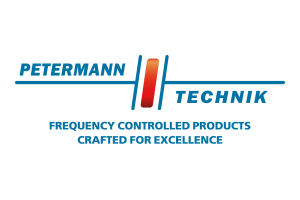Real-Time Operating Systems
»We want to stay independent«
Manufacturers of real-time operating systems offer large collections of system software, and more recently for cloud connectivity. And then some were acquired by semiconductor manufacturers. We talked to Michael May, Vice President Marketing of Express Logic.
The cloud providers offer very different services and interfaces. How can you offer something turnkey at all?
Michael May: Yes, each cloud service provider offers its own suite of services, however, most utilize MQTT and TLS protocols for base sensor/device communication. Given this, our cloud support is fairly portable between providers. There are some cloud providers – like Google Cloud – where we have additional capabilities. For example, at embedded world we are showing a demonstration in our booth that leverages the Google Cloud Vision APIs to perform facial and text recognition on an STM32F779I-EVAL board. Basically, we use the camera on the board to take a picture, send that picture to the Google Cloud for analysis, and use our GUIX product to draw boxes around everything Google Cloud identified in the picture. This demonstration utilizes the ThreadX, GUIX, NetX Duo, NetX Secure TLS, and NetX HTTPS Client components of X-Ware IoT Platform.
ThreadX is now certified to various safety standards. In safety-critical applications, do these customers use IoT connectivity for their devices as everyone else or are they »protecting« their applications by isolating them from the network?
Michael May: Customers use our products in a variety of ways, some of which we are not privy to. That said, we are the only RTOS provider that has a safety-certified RTOS and network stack (SIL 4 and ASIL D). Because of this, our customers are able to locate more software in a secure space. As for on-the-wire security, our NetX Secure TLS product offers all the protections of TLS 1.2 and our customers have complete control of all sockets and connections made. This is unlike a larger OS that will often have underlying and perhaps unknown network access. The point here is that isolation isn‘t as necessary when using X-Ware IoT Platform, given its strong safety and security profile. Having said that, many of our customers also use our application isolation product called ThreadX Modules.
In recent years, some operating system vendors have been aquired by hardware manufacturers, like Wind River from Intel, Micrium from Silicon Labs etc. When will Express Logic become part of Renesas?
Michael May: There has been considerable consolidation in our market in recent years. Renesas is a great partner and a great customer in the case of their X-Ware IoT Platform license for the entire Synergy platform. That said, we also have great partnerships with many of the other silicon manufacturers. In the examples you mention - Wind River and Micrium - we believe both of these examples have effectively decreased the viability of each RTOS going forward. While this has been a huge benefit for Express Logic, it should also serve as a cautionary reminder to the embedded industry at large that acquisitions like this are inherently flawed, since they almost always isolate the RTOS to a single silicon provider. Over time that RTOS becomes irrelevant and can no longer serve the embedded community at large. To answer your question directly: No, Express Logic strongly values silicon neutrality and has no plans to become part of any silicon company.








